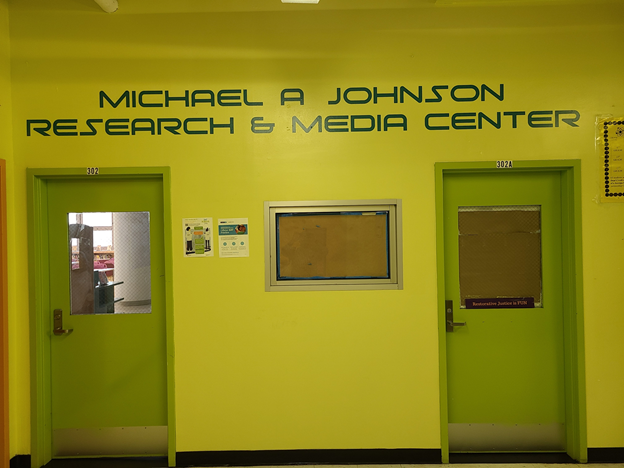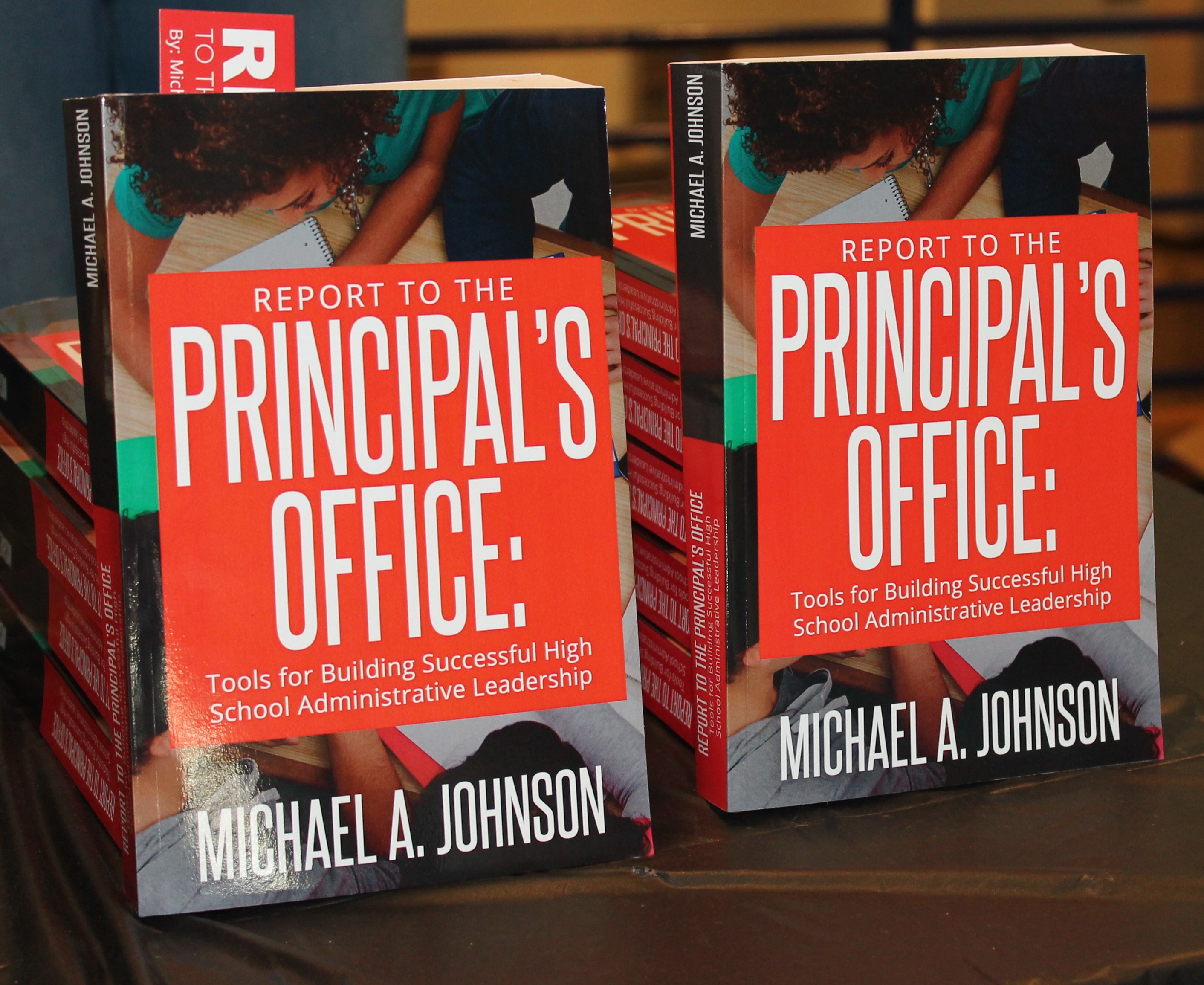Recently, the national president of the American Federation of Teachers (AFT), Randi Weingarten, who was the former president of the New York City AFT affiliate United Federation of Teachers (UFT), stated that the process for selecting students for NYC’s Specialized High Schools (SHS) was discriminatory; I’ll revisit her alleged role as an educational equal opportunity advocate later. But for now, I should say that there are many very good pedagogical (educational/philosophical), psychometric (testing and assessment science), ethical/moral, child developmental-psychological arguments that any sincere and capable professional educator could make as to why a single criterion (an exam) and a limited ‘intelligence modality’ measurement model could fail to capture or predict the many potentialities, gifts and talents of a large number of diversely high-performing or potentially (in the future) high-performing NYC middle school children. And because professional educators are not leading the passion-saturated NYC-SHSAT debate, this important point is missing or lost on both ‘screaming at each other camps.’
We also know as professional educators that racial, socio-economic, ethnic, gender, and academic performance integration (e.g., the amazingly successful NYCDOE “Ed-Optional” high school admissions model; 20% above grade level, 60% on grade level, 20% below grade level); actually strengthens both the formal and informal knowledge capacity and learning capabilities of all the students in that diverse population school.
There are definitely academic, social, and psychological value-added educational benefits to having a diverse learning environment. Citizens who are not professional educators may not see the educational value of integration; and therefore they wrongly apply the sports team model to a school’s student body’s predictability product-ability profile. In other words, placing me on the NBA professional Brooklyn Nets team roster will indeed make the team weaker. But the more appropriate model for education would be the regular education and special education blended classes (or the dual language immersion classes). Principals like myself have all noticed that not only did the special education students do better in these classes; but because of the team-teaching model instructional and ‘breakdown-explanatory’ approach they utilize, the regular education students who in the past may have missed a concept in part or whole in an all regular education student class, ‘got it’ in the blended class and therefore raised their academic achievement capabilities in class and on exams.
Some parents who were initially reluctant to put their regular education child into a blended (e.g., Algebra 1) class begged me at the start of the next school year to please put their child in a similar blended (e.g., Geometry) class because the child did so well in class and on the final standardized exam!
A truly ‘good’ school (and its principal) figures out how to effectively serve students at every pre-admission academic performance level, the professional educational-ethical version of causing “all academic levels boats to rise”!
But something should be said here about the ironic and hypocritical nature of Ms. Weingarten’s claim since it is her union that sets up many of the barriers that prevent those same Black and Latino students from performing well on the SHSAT or any other exam! For example, principals cannot place our most experienced and highly effective teachers in front of the classrooms containing our academically weakest and most unprepared students. Or, principals face an unbelievably arduous and enormous time-wasting and all-consuming challenge when trying to remove unproductive and ineffective teachers from classrooms of those same struggling students. These are the young people who are the least able to tolerate one year of learning loss, let alone multiple years, sitting in a classroom with a less-than-proficient teacher. Adding to the principal’s burden of trying to get their students quality instruction is this problem; depending on the ‘political season’ or ‘political players’; NYC principals could be forced to take tenured teachers who (for probably good reasons) have been rejected or removed by other principals, and yet remain on the NYCDOE payroll/budget eating up millions of much-needed funds that NYC children so desperately need.
In this entire SHSAT shambolic debate, a collateral tragedy is the unfair and underserved wrongful treatment of Asian students and their families. I am particularly disappointed by Black leaders and Black educators, who like me, have surely, at some point, felt the stinging pain of the call for: “The moving of the goal post as we inched closer; or, A changing of the rules once we played by and mastered the rules!” But let’s not twist the facts of history to satisfy a present political need; the SHSAT policy was crafted and passed by the NYS legislature (1971) to guarantee that a projected seriously shrinking NYC white student population could receive a ‘public option’ (outside of costly private school offerings) high-quality high school educational experience without being forced to sit in the same classroom with a child from the darker masses, whose parents were yearning for that same high-quality education. The discriminatory results linked to the exam only worked (and continues to work) because of the anticipated poor pre-exam learning that most Black and Latino students receive in NYC schools.
It should also be said (since we are on the topic of historical truth-telling) that any NYC Chancellor can act outside of the NYS legislature’s authority and immediately change the admissions policies for the much larger number of NYC’s specialized high schools and other ‘special admissions’ high schools. The weak arguments against this move; “We will wait until they can all be changed!” is really about coming up with an excuse that does not force that Chancellor to make a decision that would (along with the mayor) risk reaping the anticipated political backlash from communities who are politically able to protect the educational interest of their children.
It should also be noted that the three branches of the NYS government are controlled by the Democrats (the state legislature can repeal the 1971 specialized high school admissions testing law at any time); the State Senate and Assembly are both led by Black-American leaders. NYS/NYC Black-American voters have been consistently and unfailingly loyal to the Democratic party. So the least the Democrats can do to repay that consistent loyalty is to give the children of those Black NYS/NYC citizens a fighting chance at receiving a high-level quality education.
(And still in truth-telling mode!) It should be noted that some NYC Black educators have for many years advocated, successfully modeled (Science Skills Center, Inc.), and pleaded with the NYC Black community to establish after-school, weekend, and summer vacation, advanced academic, STEM**, and standardized test-preparation programs. These SSC, Inc. programs helped Black and Latino students to do well on the SHSAT, and other city, state, and national exams; and further, they destroyed the “Black students can’t test well” racist myth by having elementary and middle school students pass science and mathematics high school NYS Regents exams. And so, there is no need now to be angry with the Asian community, some of whom visited our sites, wisely took our advice, and developed similar programs in their communities.
The truth is that there is nothing mysterious or magical about getting students of any race or nationality to do well on standardized exams. 1/3 is long-term and consistent good instruction—that leads to rigorous standards-based conceptual knowledge and skills learning; 1/3 is the students receiving weekly curriculum standards-based + the standardized exam vocabulary and test questions rigor level based assessments; 1/3 is the students being taught smart and efficient test-taking techniques (what good test-takers do to give themselves an advantage).
There is much proven (not speculative) evidence that lets us know that employing the correct strategic policies and practices will result in raising students’ performance on standardized exams (with any group of students) and consistently increase that improvement over time (ex. Science Skills Center High School and CSD29Q 2000-2003).
If, over recent years (omitting the COVID-19 SY), the SHS quantitative admission results for Black and Latino students are decreasing dramatically; one causal factor could be the qualitative deterioration of the academic preparation work those students are receiving in their pre-SHSAT testing (K-7) regular school/classroom experiences; something not fixable by even the most expensive and best well-intentioned SHSAT “test-prep” programs.
There are many political barriers some communities must overcome to have their children receive a quality education. Still, nothing stops those communities from establishing after-school, weekend and summer study and test preparation centers for the SHSAT and other standardized exams or, for the purposes of raising the general quality of those students’ academic performance in their regular school.
However, one of the false positions in this entire SHSAT conversation (and professional educators should know better) is the alleged super-efficacious power of “test-prep.” We know from years of experiential knowledge that “test-prep” can’t make up for inferior or the total absence of a good and effective basic elementary and middle school learning experience; educators who claim that it can, are grossly theoretically uninformed, or they are just being politically opportunistic and cynical. In other words, if I take the NYS legal Bar examination, I should predictably fail, and that’s because I haven’t spent one day in anybody’s law school! The ultimate authentic and best “test-prep” for a standardized exam is the direct personal quality learning of the content and skills objectives being tested on that standardized exam.
We should stop playing games (with children’s lives and parent’s hopes) because there is nothing wrong with the brains of Black and Latino students that receiving a quality PreK-8 education and a dynamic community-based test-prep program won’t strengthen and enhance their skills for both higher learning and standardized test-taking purposes.
I’ve spent too many years in NYC as a principal and superintendent to hope that more than a few if any of the current group of public office seeking candidates or sitting elected officials are going to risk the wrath of the UFT and implement real and meaningful change conditions where the left-out, ignored and disentitled children of NYC will have a genuine opportunity to learn and do well on a specialized exam or any exam they take. It’s up to the communities where these students live to take strong political and self-reliant actions that will protect their children’s learning potential and possibilities. And that’s not racist; rather, it’s an act of self-preservation, survival, and love.
*SHSAT is New York City’s admissions exam for the city’s specialized high schools.
**STEM: Science, Technology, Engineering, and Mathematics.
Michael A. Johnson is a former NYC teacher, principal, and school district superintendent. A science educator who served as an expert reviewer for the National Science Foundation; and was part of the team that designed the first NAEP national science exam questions. He led the design, development, and building of two Science, Technology, Engineering, and Mathematics—Career Technical Education (STEM—CTE) high schools: Science Skills Center High School, NYC and Phelps Architecture, Construction, and Engineering High School, Washington DC. He also served as an adjunct professor of Science Education in the School of Education at St. John’s University. He is the author of a book on school leadership: Report to the Principal’s Office: Tools for Building Successful High School Administrative Leadership. He is currently completing his second book on school administration and leadership: Report From The Principal’s Office.


